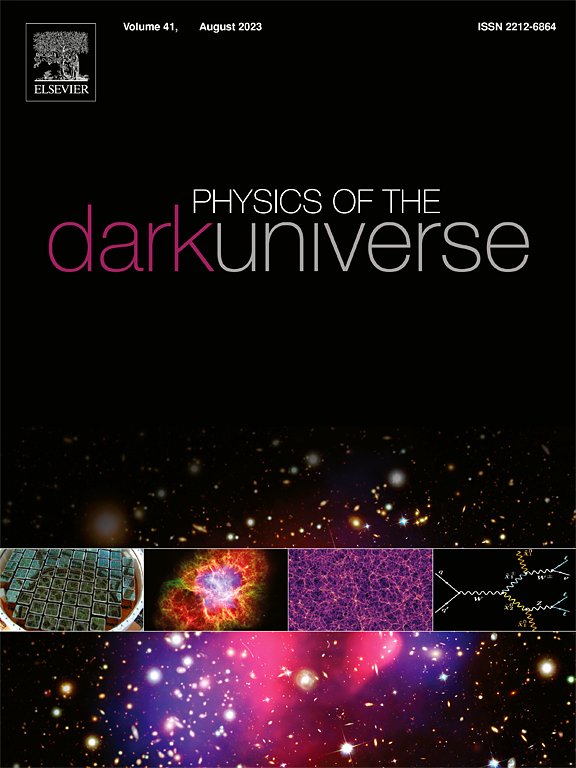暗物质:一个强大的WIMPy分析工具
IF 5
2区 物理与天体物理
Q1 ASTRONOMY & ASTROPHYSICS
引用次数: 0
摘要
我们介绍了一个新的软件包,DarkMatters,它的设计是为了方便在天体物理环境下wimp间接暗物质探测的所有方面的计算。与现有工具相比,该代码的两个主要特征是性能的改进,以及在确定与WIMP湮灭相关的无线电同步加速器发射时更高的精度,这两者都是通过采用一套现代和新颖的数值技术实现的。该代码还包括一组多波长输出产品的功能,包括伽马射线、射电和中微子通量,这些产品可以以天文学界使用的通用格式保存,例如FITS数据文件格式。计算可以被调整,以适用于从矮星系到星系团的各种天体物理目标结构,并且底层计算的配置由一组易于理解和使用的键值字典条目管理。代码库可以通过在线存储库公开访问,并具有宽松的MIT源代码许可。本文章由计算机程序翻译,如有差异,请以英文原文为准。
DarkMatters: A powerful tool for WIMPy analysis
We introduce a new software package, DarkMatters, which has been designed to facilitate the calculation of all aspects of indirect dark matter detection of WIMPs in astrophysical settings. Two primary features of this code are the improvement in performance compared to existing tools, and higher levels of accuracy when determining radio synchrotron emission associated with WIMP annihilations, both of which are enabled by the employment of a set of modern and novel numerical techniques. The code also includes functionality for a multi-wavelength set of output products including gamma-ray, radio and neutrino fluxes which can be saved in common formats used by the astronomical community, such as the FITS data file format. The calculations may be tailored to work with a wide range of astrophysical target structures, from dwarf galaxies to galaxy clusters, and the configuration of the underlying calculations is managed by a set of key–value dictionary entries that are easy to understand and use. The code base is publicly accessible through an online repository with a permissive MIT source code licence.
求助全文
通过发布文献求助,成功后即可免费获取论文全文。
去求助
来源期刊

Physics of the Dark Universe
ASTRONOMY & ASTROPHYSICS-
CiteScore
9.60
自引率
7.30%
发文量
118
审稿时长
61 days
期刊介绍:
Physics of the Dark Universe is an innovative online-only journal that offers rapid publication of peer-reviewed, original research articles considered of high scientific impact.
The journal is focused on the understanding of Dark Matter, Dark Energy, Early Universe, gravitational waves and neutrinos, covering all theoretical, experimental and phenomenological aspects.
 求助内容:
求助内容: 应助结果提醒方式:
应助结果提醒方式:


